Do 3D Animators Must Know How To Draw?

In today’s digital era, 3D animation is a dynamic and highly specialized field that blends creativity with technology. With advanced software tools like Blender, Maya, and Cinema 4D, many aspiring animators wonder: Do 3D animators must know how to draw? This question is especially common among beginners entering the world of animation without a traditional art background. While drawing is often associated with 2D animation and illustration, its role in 3D animation might seem less obvious at first glance.
However, understanding the connection between drawing and 3D animation reveals important advantages. Drawing supports foundational knowledge that directly enhances a 3D animator’s skill set. From anatomy and gesture to form and perspective, these core artistic concepts often begin on paper before evolving into fully rendered digital scenes. Still, not every successful 3D animator is a skilled illustrator—and that’s completely valid.
This article explores whether drawing is necessary for 3D animators and how it influences their creative and technical processes. Whether you're just starting or looking to refine your animation skills, understanding the relevance of drawing can help shape your journey in this exciting industry. Let’s break down the role drawing plays in the life of a modern 3D animator.
Drawing Improves Observation Skills
One of the most underrated benefits of drawing for 3D animators is the improvement of observation skills. Drawing forces the artist to slow down, study, and interpret what they see in the world around them. For 3D animators, this practice is crucial. Whether they are recreating lifelike environments, expressive characters, or believable movements, having a trained eye is essential for capturing the details that make animation feel real.
When 3D animators draw from life—such as people, animals, or natural objects—they learn to identify subtle shifts in proportion, posture, and form. These observational abilities carry over into the animation process, where the goal is to simulate life through motion. By developing sharper awareness of how things look and behave, animators can craft more convincing models and more fluid, natural animation sequences.
Additionally, strong observation skills contribute to better visual storytelling. Animators who draw often can pick up on emotional cues, lighting effects, or background details that might otherwise go unnoticed. This heightened sensitivity helps 3D animators create more immersive and expressive scenes.
Enhances Understanding Of Anatomy
Understanding anatomy is fundamental to creating believable character animation. For 3D animators, draw practice becomes a powerful tool in developing this knowledge. When animators take the time to sketch the human body or animals, they become more familiar with muscle structure, joint placement, and how the body moves in space. This familiarity is essential for animating characters that look and move naturally.
Anatomy is not only about bones and muscles but also about how these elements work together. Drawing the body helps animators learn how posture changes when a character is happy, tired, scared, or excited. These physical cues are critical in communicating emotion through animation. Without a solid grasp of anatomy, animations can feel stiff or unrealistic.
For 3D animators working on rigging or character sculpting, anatomical knowledge becomes even more valuable. Drawing reinforces the understanding of volume, proportion, and symmetry, which all play a role in building accurate models. Whether it’s a stylized cartoon character or a hyper-realistic figure, the principles learned through drawing anatomy apply across styles and software.
Enhancing Visual Literacy
For 3D animators, the ability to draw can significantly enhance visual literacy, a critical skill that enables the interpretation and creation of visual content. Visual literacy extends beyond mere observation; it encompasses the understanding of visual forms and the elements that make visuals not only compelling but also communicative. When 3D animators engage in drawing, they develop a keener eye for details like lighting, shadow, form, and spatial relationships—elements that are vital in digital modeling and animation.
Drawing encourages animators to think critically about how visual elements convey messages and emotions. This skill is particularly beneficial when animators transition from two-dimensional sketches to three-dimensional animations, as it allows for a deeper engagement with the aesthetics and functionality of the characters and environments they create.

Storyboarding Skills
Drawing skills are invaluable for 3D animators, especially in the storyboard creation phase of animation projects. Storyboarding is a crucial step in the animation process, serving as the blueprint for the narrative and visual flow of the project. It involves sketching out scenes to plan compositions, camera angles, motion paths, and the timing of animations.
For animators who can draw, storyboarding becomes a more efficient and expressive process. They are able to quickly generate and communicate ideas, make instant revisions, and experiment with different visual concepts before committing them to 3D models. This ability not only speeds up the pre-visualization process but also enhances creativity and innovation by allowing for rapid exploration of multiple visual solutions to storytelling challenges.
Moreover, well-developed drawing skills help maintain clarity and continuity across the frames of a storyboard, ensuring that the visual narrative is cohesive and comprehensible to all members of the animation team. This clarity is crucial when conveying the animator’s vision to directors, clients, and other stakeholders involved in the animation project.
Character Design and Development
Drawing skills play a pivotal role in the character design and development stages of 3D animation. For 3D animators, the ability to draw can serve as a powerful tool to explore and refine character concepts extensively before the digital modeling begins. This phase is crucial as it sets the foundation for character personality, physical traits, and the overall aesthetic appeal.
Sketching provides a direct, hands-on approach to fleshing out various character iterations quickly and effectively, allowing animators to experiment with different styles, expressions, and postures. This exploration helps in understanding the character’s anatomy, which is essential for creating realistic and relatable movements in the 3D space. Furthermore, traditional drawing skills assist animators in grasping complex textures and costumes which can be translated into sophisticated 3D models.
Animators with proficient drawing skills are often able to inject more life and authenticity into their characters. They achieve this by ensuring that each sketch captures the essence of the character’s personality, which in turn informs their movements and interactions within the animation.
Drawing Refines Gesture Understanding
Gesture is the foundation of movement and storytelling in animation. For 3D animators, draw practice—particularly quick gesture sketching—serves as a valuable way to study body language, emotion, and energy in motion. Rather than focusing on fine details, gesture drawing captures the essence of a pose in just a few lines. This helps animators understand how the body flows and reacts in various actions.
When 3D animators draw gestures regularly, they train themselves to spot the rhythm, balance, and weight of a pose. These insights are critical when animating characters to appear dynamic and alive. A good gesture sketch can tell a story, convey attitude, or express a feeling without a single word. Translating that into 3D animation adds depth and realism to the final output.
Additionally, drawing gestures improves timing and pacing—two key aspects of successful animation. It helps animators plan key poses and transitions more effectively before jumping into digital software. By practicing how different actions unfold on paper, animators can better predict how those actions will read on screen.
Communication of Ideas
For 3D animators, drawing is more than just a form of artistic expression; it is a crucial communication tool. The ability to sketch concepts and preliminary designs quickly and clearly can streamline the development process and facilitate more effective collaboration among team members. Drawing enables animators to convey ideas visually, which is often more intuitive and impactful than verbal descriptions, especially in the visual-centric world of animation.
This visual communication is essential during the early stages of a project, where conceptual ideas need to be shared with directors, clients, and other stakeholders. A well-drawn image can instantly communicate the look and feel of a proposed animation, making it easier for all parties involved to understand and provide feedback on the project’s direction. This ability to effectively share visual ideas can significantly reduce misunderstandings and ensure that everyone involved has a unified vision of the final product.

Texture and Detail Creation
Drawing skills are particularly beneficial for 3D animators when it comes to the creation of textures and details in their models. Mastery in drawing provides animators with a nuanced understanding of how textures appear and behave under different lighting conditions, which is essential for the realistic rendering of surfaces in 3D animation. This skill also aids in the accurate depiction of materials, from the softness of fabric to the roughness of stone, enhancing the visual depth and authenticity of animated scenes.
Animators who can draw have a keen eye for detail that translates into their digital work. They are better equipped to manually sketch out texture maps or detail overlays, which can then be scanned and converted into digital formats. This process allows for a greater control over the final appearance of textures in the 3D environment. Moreover, traditional drawing techniques can inspire innovative ways to represent complex details, such as scales on a dragon or wrinkles in an aged character's face, which might be challenging to model directly in 3D.
Problem Solving and Previsualization
Drawing is a critical tool for 3D animators, particularly in the realms of problem solving and previsualization. This skill allows animators to sketch out scenes, experiment with different perspectives, and troubleshoot visual and narrative elements before they are built in the more rigid, time-consuming 3D space. By drawing variations of a scene, animators can quickly explore multiple solutions to a problem, identifying the most effective approach to storytelling and visual representation.
Previsualization through drawing also plays an essential role in the animation workflow. It enables animators to map out complex sequences, like action scenes or intricate animations, ensuring that every frame contributes effectively to the overall narrative. This process helps in minimizing costly revisions in the 3D modeling phase, as potential issues can be addressed early on during the sketching stage.
Moreover, drawing aids animators in understanding and planning the mechanical aspects of their creations, such as joint movements and character interactions with the environment. This foundational work is crucial for animations that require precise timing and choreography, such as dance sequences or fight scenes.
Adds Value To Portfolios
For aspiring and professional 3D animators, draw work can significantly enhance the overall value of a portfolio. While animation reels and rendered projects are critical, showcasing drawing skills alongside them demonstrates versatility and a deep understanding of visual storytelling. Studios and clients often appreciate animators who can communicate ideas clearly through sketches, whether for planning, feedback, or pre-visualization.
Including gesture drawings, character concepts, and environmental sketches can highlight an animator’s thought process and artistic instincts. These drawings serve as evidence of fundamental knowledge—such as anatomy, perspective, and composition—which are essential even in 3D environments. They show that the animator can think beyond the software and visualize scenes from the ground up.
In collaborative projects, being able to sketch also helps 3D animators contribute to early concept phases or offer quick visual suggestions during team discussions. It makes them more adaptable and involved in creative decision-making.
A portfolio that includes both 3D and drawing work can set an animator apart in a competitive field. It shows dedication to the craft and a willingness to grow in multiple dimensions of art and animation. For 3D animators, draw skills aren't just optional—they're a powerful asset that can leave a lasting impression on studios and art directors alike.
Conclusion
While not mandatory, drawing is a highly beneficial skill for 3D animators. Draw practice sharpens observation, deepens understanding of anatomy, enhances gesture work, and enriches portfolios. It supports every stage of the animation process, from concept to final render. Whether used for quick thumbnails or detailed studies, drawing empowers 3D animators to visualize, plan, and execute animations more effectively. It bridges the gap between imagination and execution, offering a creative advantage in a competitive field. For 3D animators, draw ability may not be a strict requirement—but it certainly opens more doors for growth and excellence.
Let Us Know What You Think!
Every information you read here are written and curated by Kreafolk's team, carefully pieced together with our creative community in mind. Did you enjoy our contents? Leave a comment below and share your thoughts. Cheers to more creative articles and inspirations!


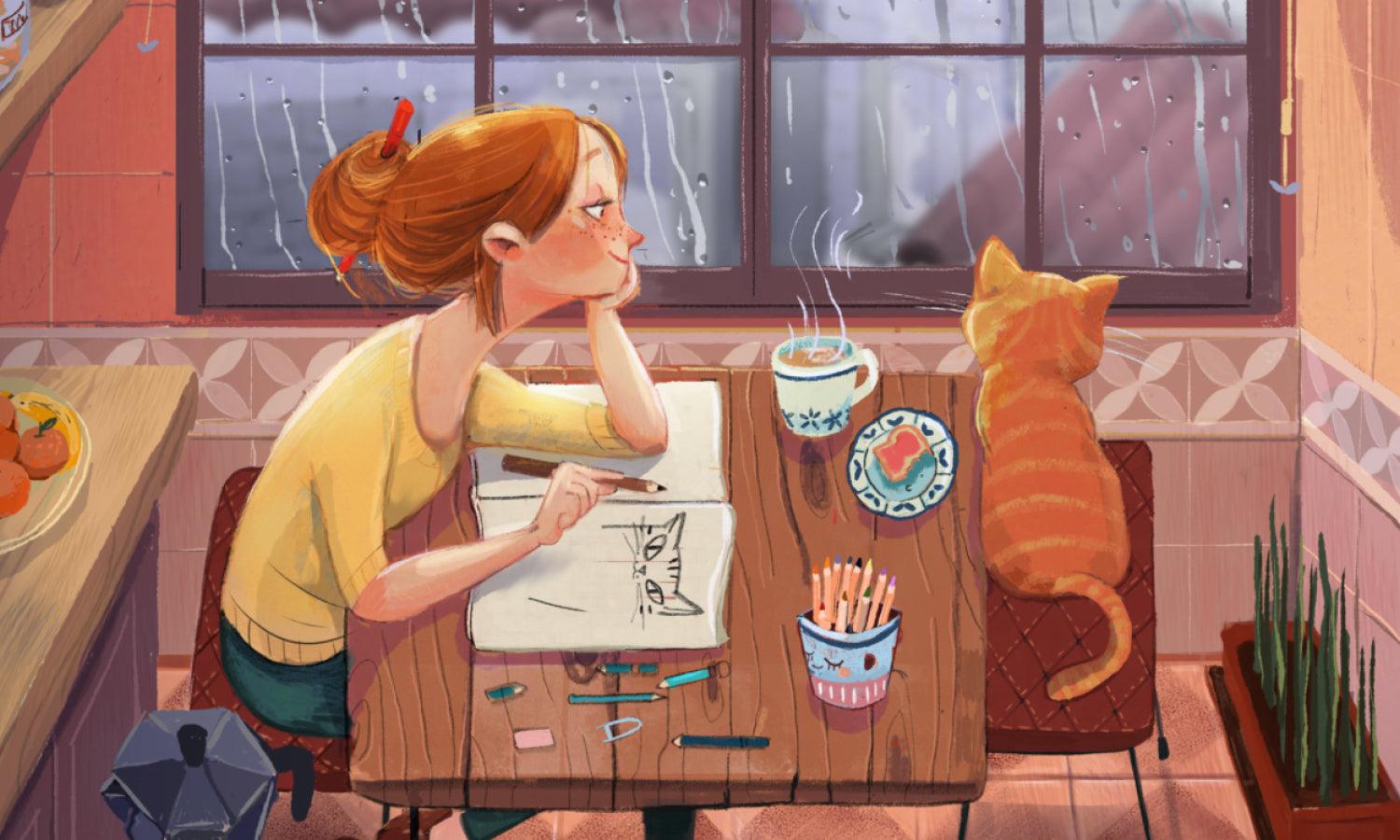
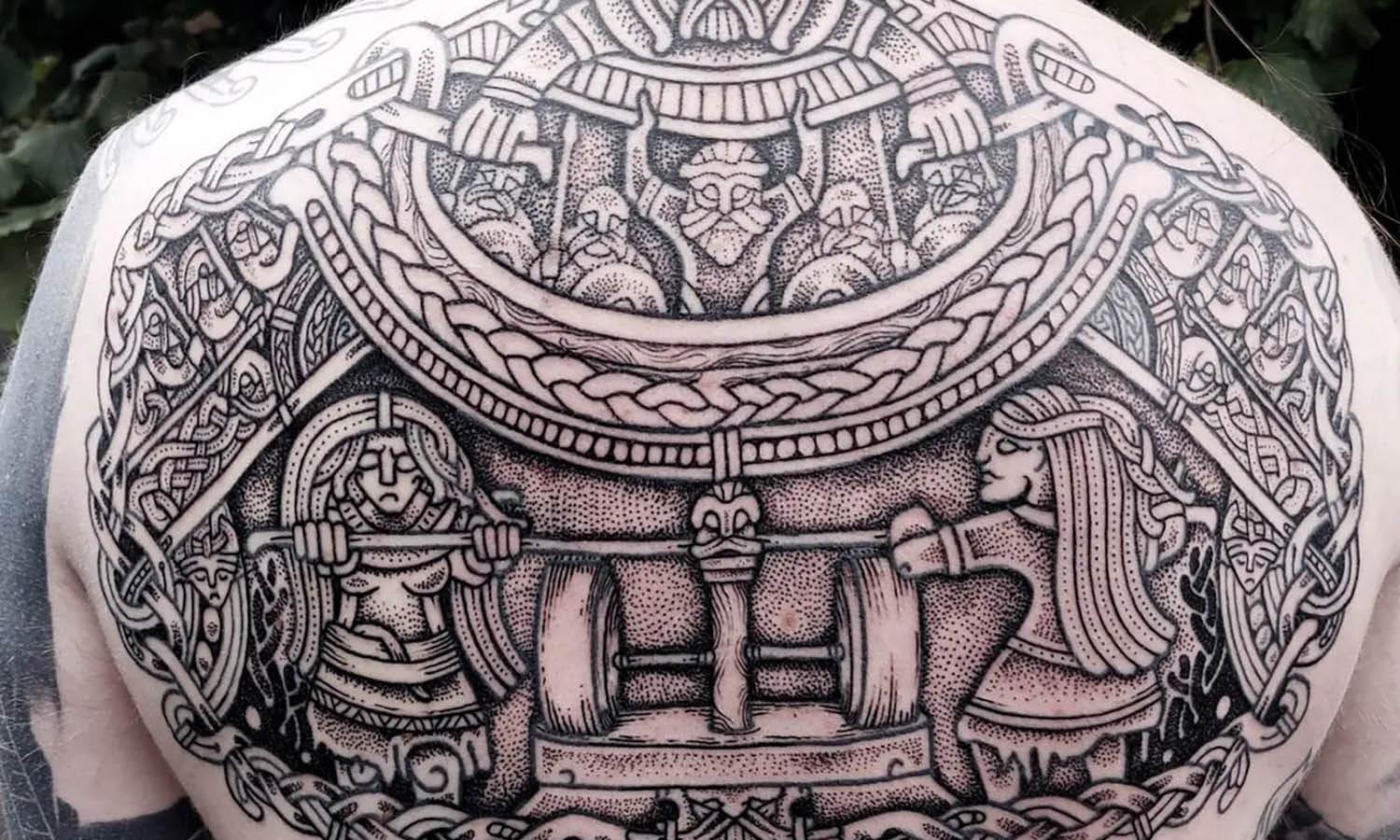
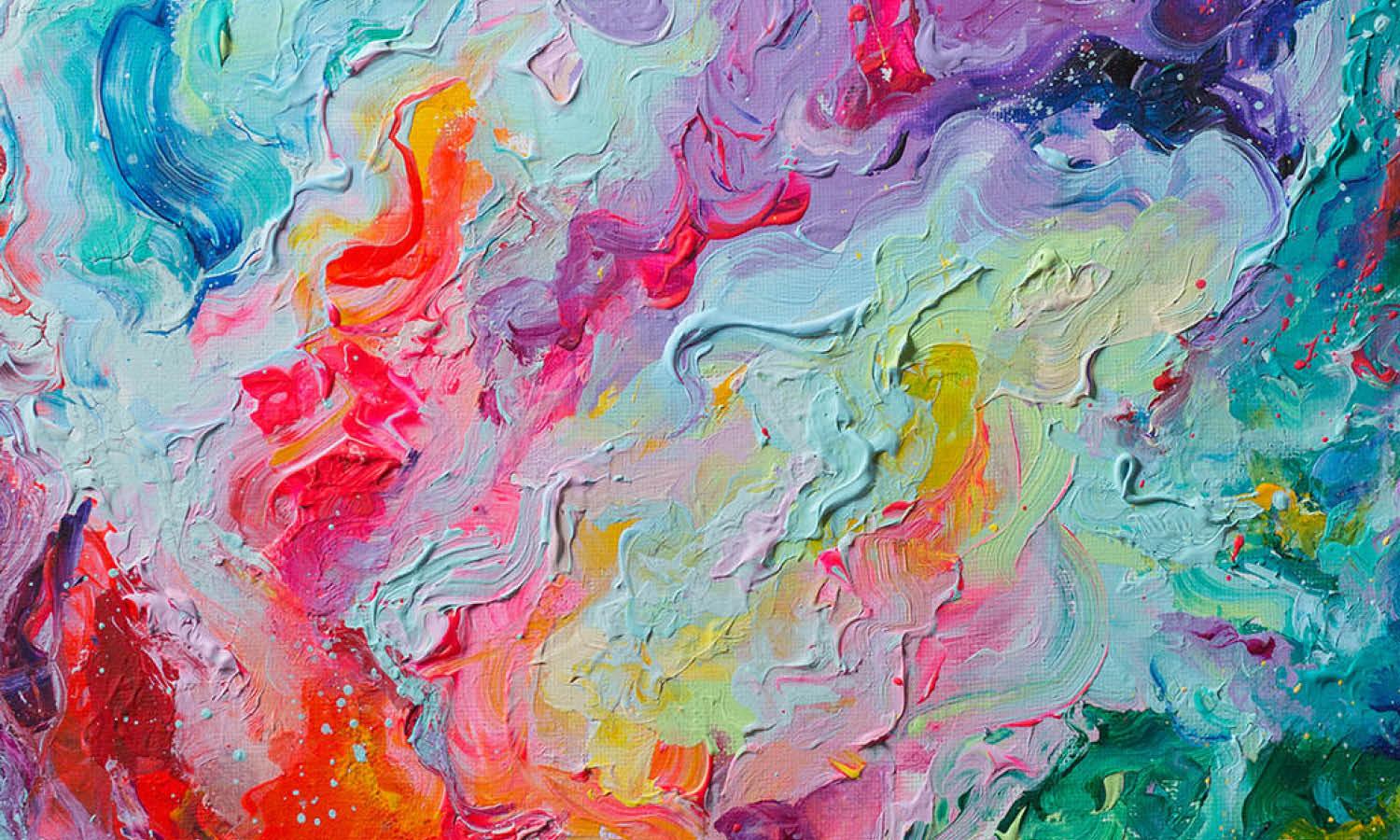
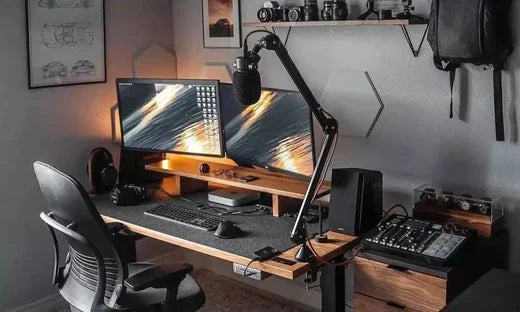
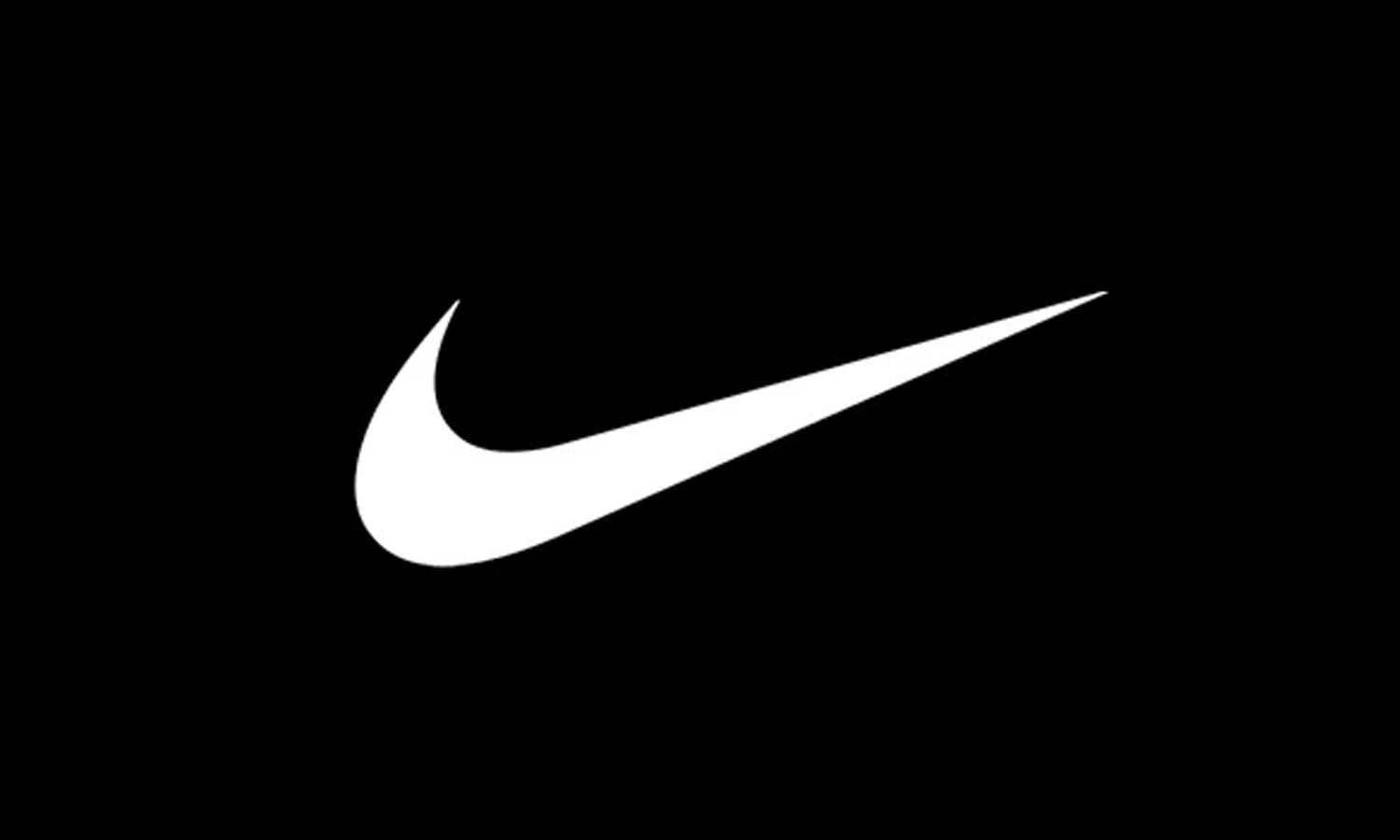

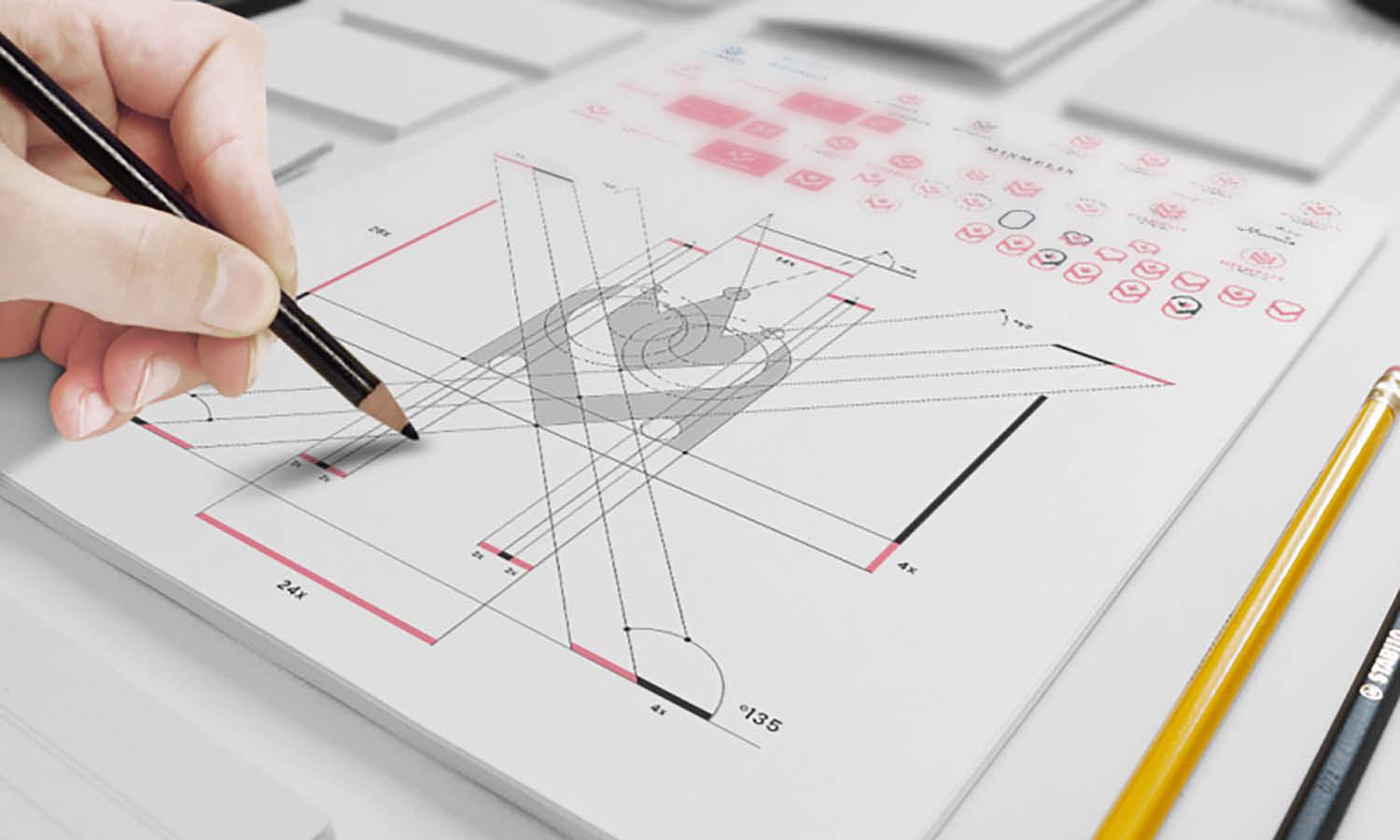
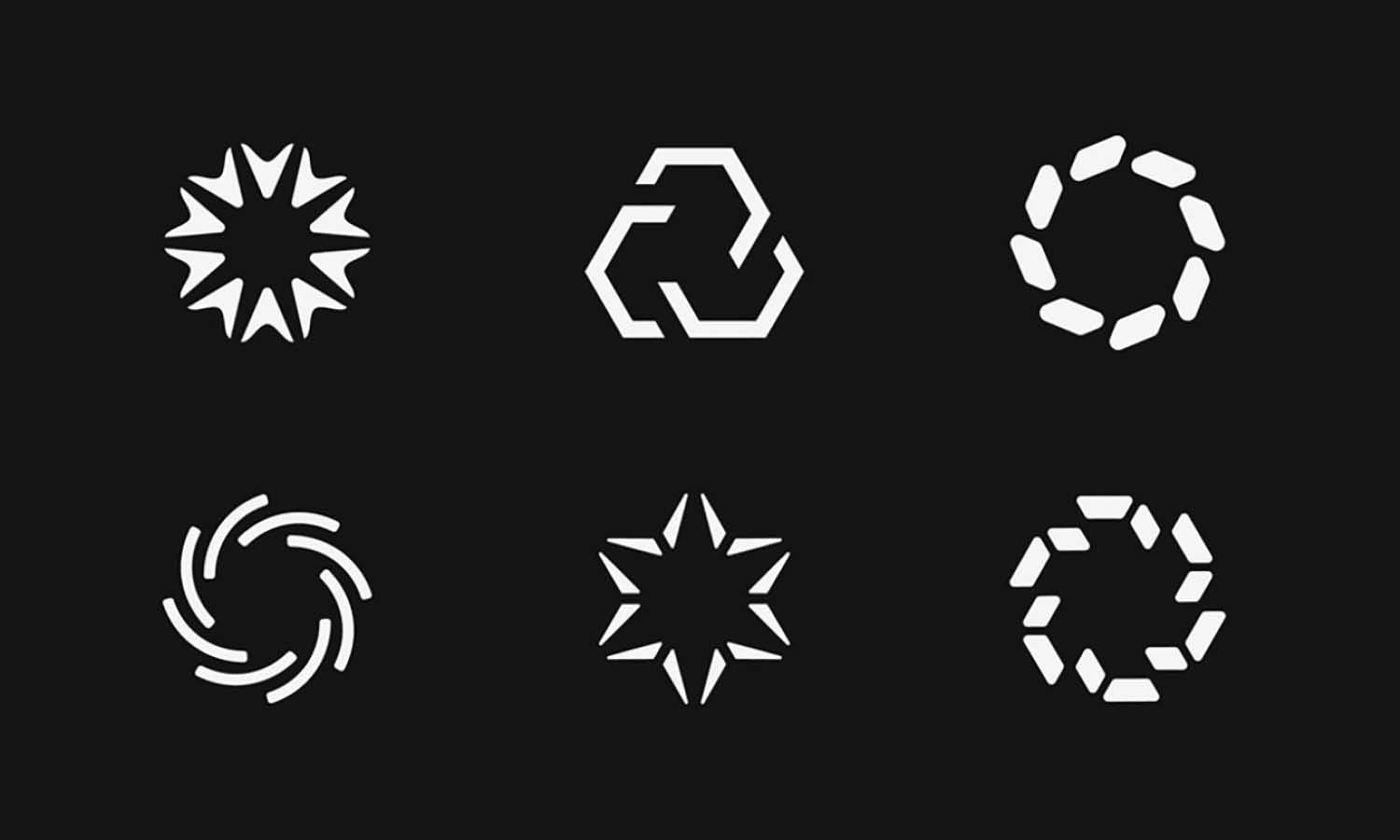
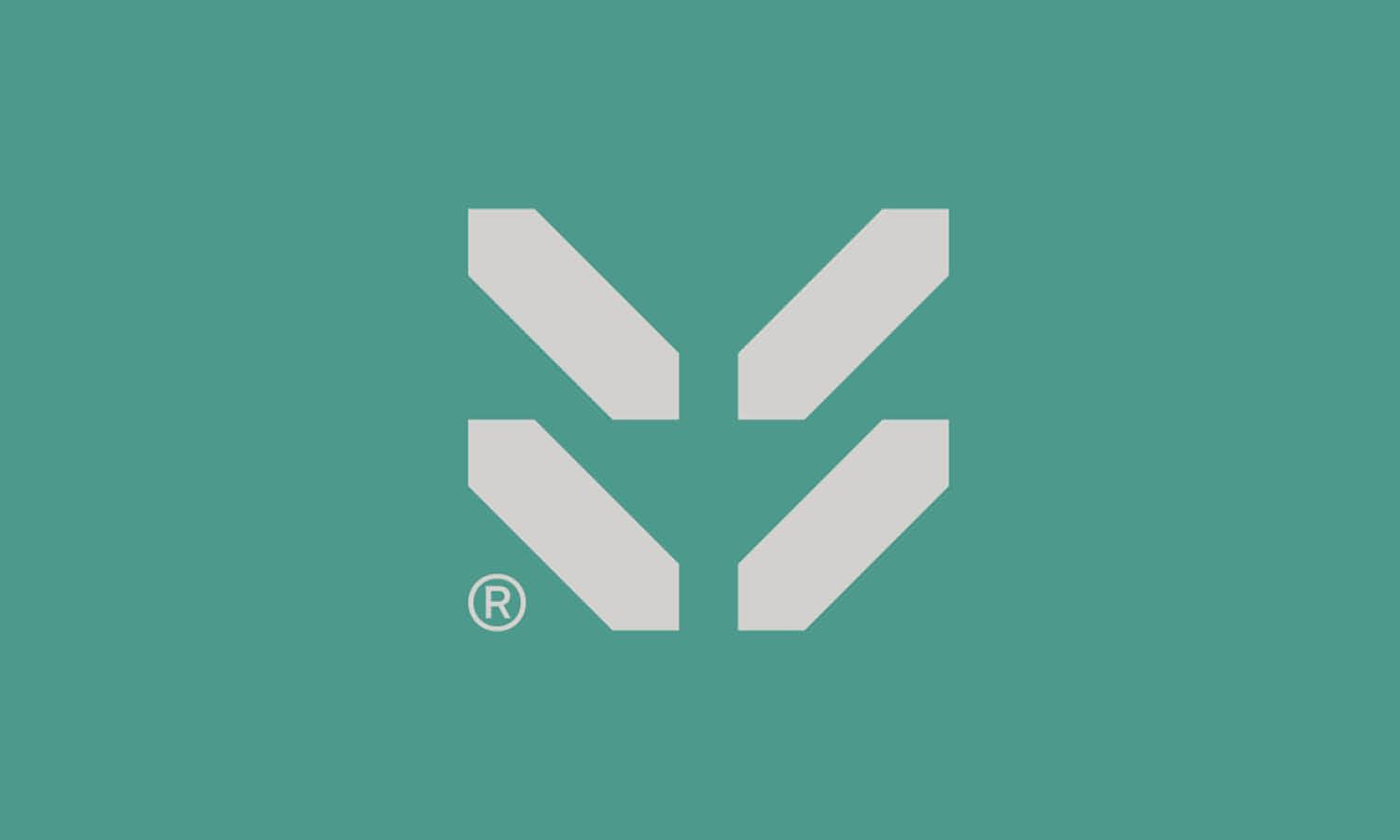





Leave a Comment